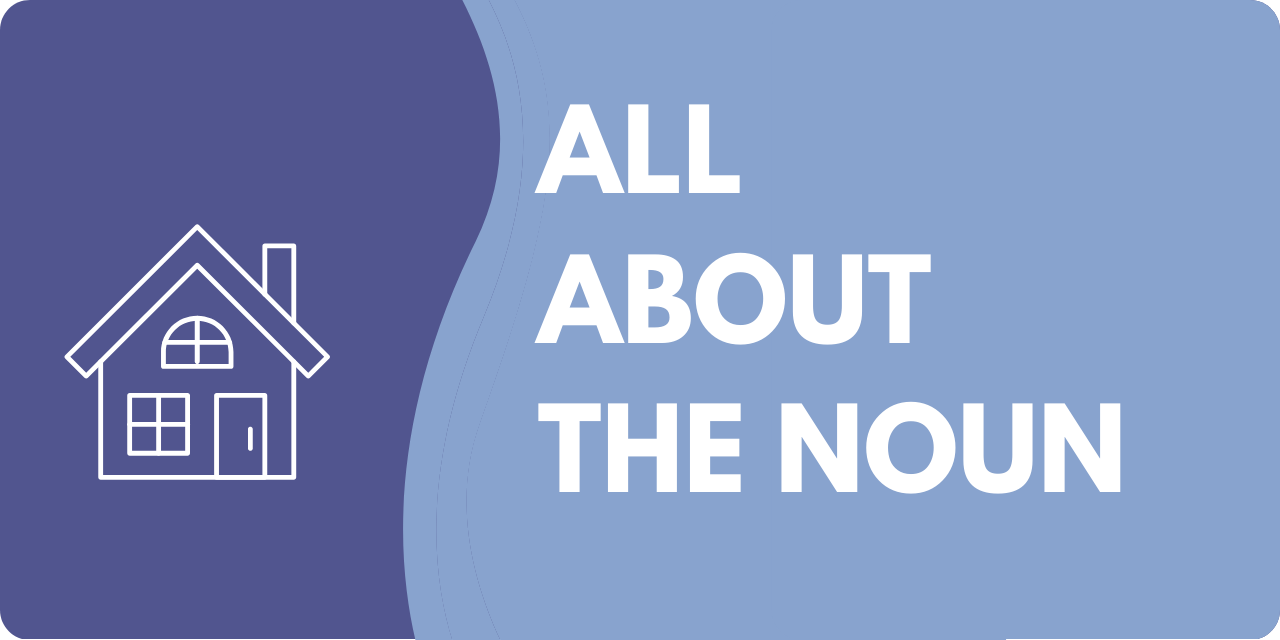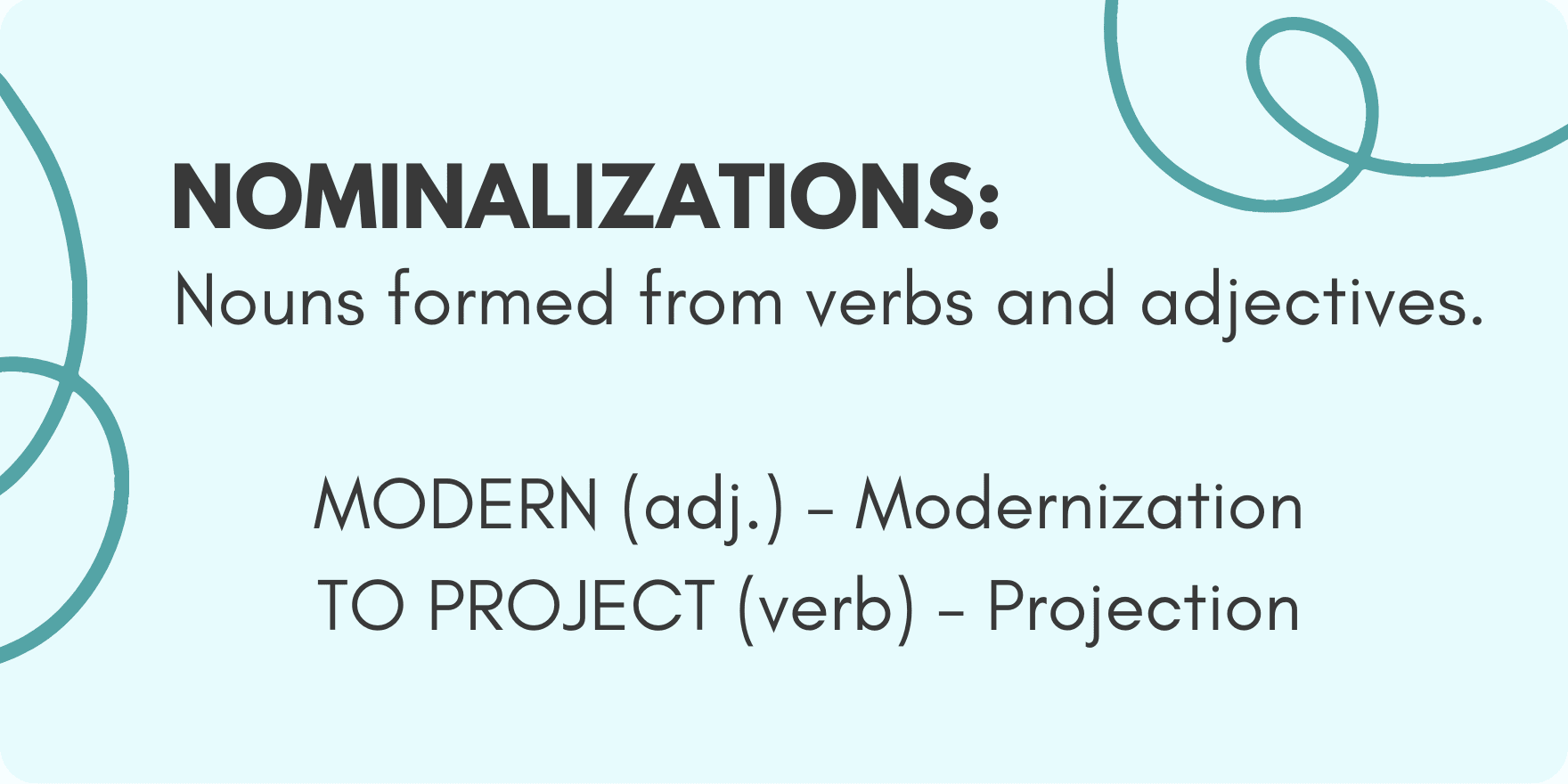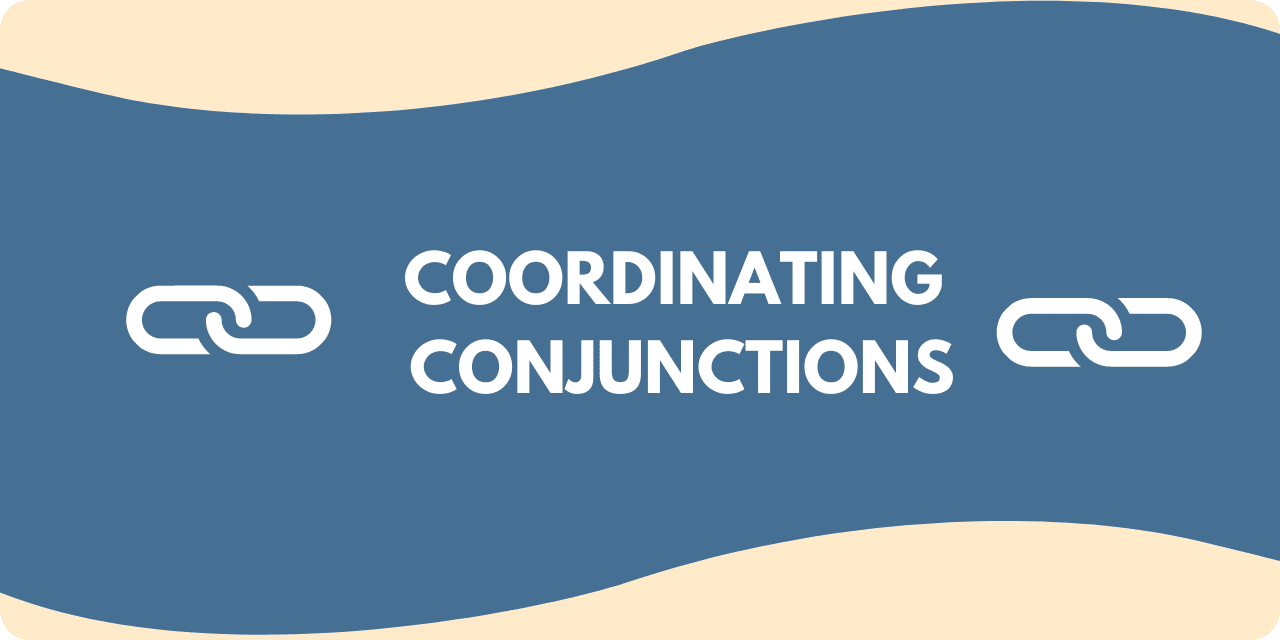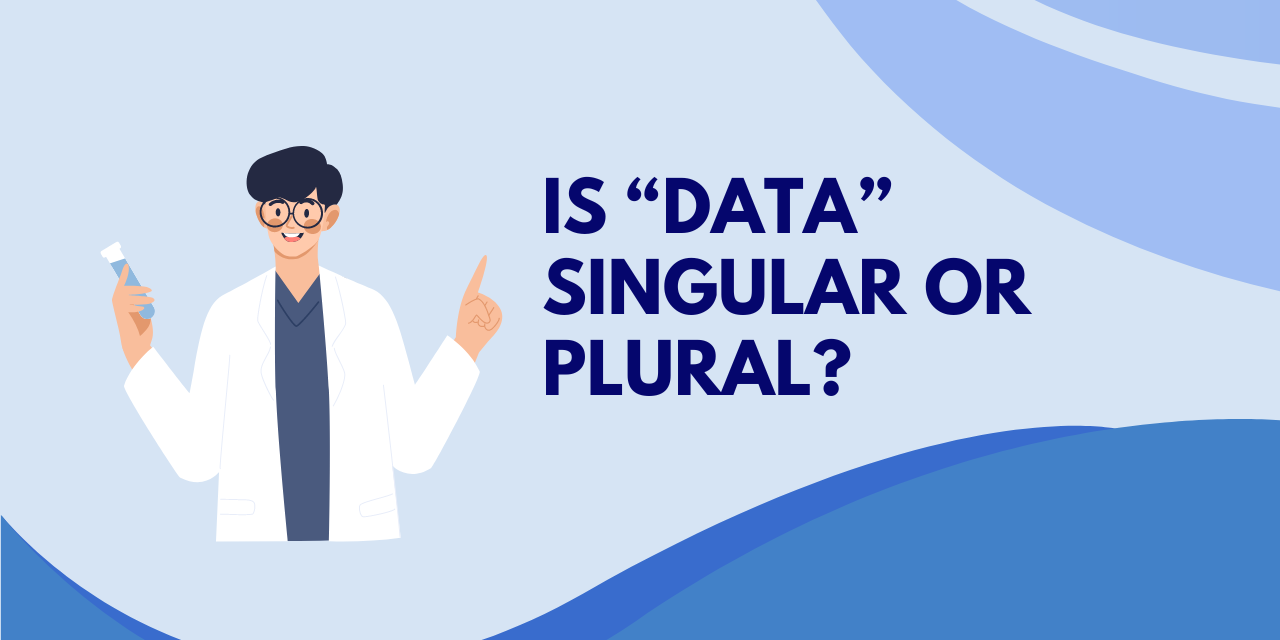Let’s talk adverb placement. Does the adverb go before or after the verb?
- Adverbs modify verbs, adjectives, or other adverbs.
- Keep adverbs as close to their modifiers as possible.
- Placing adverbs in different locations can change the sentence meaning.
Adverbs are one of the eight parts of speech in English. While most parts of speech belong in specific locations to make the sentence flow properly, adverbs are more flexible. However, where they appear in a sentence can significantly impact the overall meaning.
To ensure that your sentences achieve optimum clarity, you need to understand the role adverbs play in a sentence and how to use them properly.
How do Adverbs Work?
Adverbs are modifiers, forming a tag team with adjectives to describe or limit most of the other parts of speech. Adjectives handle the nouns and pronouns, while adverbs have the more difficult job of taking on verbs, adjectives, and even other adverbs!
Due to the more complex nature of adverbs, it is more difficult for learners to use them properly. To understand how this part of speech functions, you need to know a little about its relationship with the words it modifies.
They Modify Verbs
While they may be able to modify linking verbs, they are best at offering additional information to support action verbs.
Action Verbs show the action in the sentence, describing what the sentence’s subject does.
- Blake ran the race.
Specifically, what did Blake do? He ran. That’s the action. The rest of the sentence tells you where or what he ran, but the verb itself is only the action.
Now, your friendly neighborhood adverb can provide more information about how he performs that action:
- Blake slowly ran the race.
The adverb tells you how he ran. Based on that, Blake will probably not win the race, as he is not exactly tearing up the track.
Notice that in some cases, the adverb can appear in a different place, and the meaning will remain the same:
- Blake ran the race slowly.
- Slowly, Blake ran the race.
No problems here, right? The meaning is still intact, although a best practice for any writing is to keep the modifier as close to the word being modified as possible, so our original example is best.
The only place where it would be weird is in the following sentences:
- Blake ran slowly the race.
- Blake ran the slowly race.
Those do not make any sense, so make sure that where you place adverbs conveys the idea you intend.
They Modify Adjectives
Yes, adverbs can modify other modifiers. That is their unique trick. Remember that adjectives describe or limit nouns or pronouns.
- The girl’s dress was pretty.
Three-fifths of these words are adjectives! Remember that they describe or limit nouns, and there is only a single noun in this sentence: dress.
“The” is limiting “dress,” which means it tells you that it is a specific dress and not any old skirt. Words that define adjectives in this way are called “article adjectives” or just “articles.” There are only three of them: “a,” “an,” and “the.”
Wait, isn’t “girl’s” a possessive noun? It sure is! However, possessive nouns function as adjectives because it’s telling you which or whose dress it is. Mind-boggling, huh?
Finally, “pretty” describes the appearance of the dress, so it is a “pretty” standard adjective.
- The girl’s dress was really pretty.
Same sentence, but now we have an adverb in there. What is the adverb doing? Telling you how again. In this case, how pretty. Since “pretty” is an adjective describing the dress, and “really” is modifying that adjective, that’s how you know it is an adverb rather than any other part of speech.
They Modify Adverbs
Adverbs modifying adverbs can be the most difficult for language learners to identify, as these sentences almost always include a decent stacking of modifiers. Nonetheless, adverbs that modify adverbs are called “intensifiers,” maybe because it’s a lot easier than saying “adverbs that modify adverbs” over and over again.
Let’s bring our friend Blake back for this example since we already know his sentence has an adverb. Only this time, we’ll add a little spice:
- Blake ran the race too slowly.
We already know that “slowly” is an adverb because it tells you how he ran (verb). Now we have a word describing how slowly he ran. Since it describes the adverb “slowly,” it is also an adverb. It adds an element that was not there before.
In the original sentence, there was the unspoken feeling that it was okay that Blake was running slowly; no one cared – maybe it was a marathon, and he wasn’t trying to win, just finish.
With the addition of too, now he is being criticized. This word indicates that moving faster is essential, that he will lose the race, or that he is upsetting someone behind him who cannot pass, perhaps through a narrow gap in the track.
- Fred is very often late for class.
It is easy to see this sentence and think that “very” modifies late, but that is not the case. “Often” is telling you how frequently Fred is late. Because late is describing Fred, that makes it an adjective. As “often” describes the adjective “late,” it is an adverb. Is your head spinning yet?
Good! Let’s take the final step.
“Very” is not telling you how late Fred is (although it could if the writer constructed the sentence differently) but rather a quantifier to establish how often Fred is late. Since it modifies another adverb, “very” is also an adverb.
Adverb Placement
Remember, the best place for a modifier is close to the word it modifies. That’s the golden rule to help limit confusing situations. If you intend to describe a verb, adjective, or another adverb, keep it close, or it may lead to disaster.
If you doubt how having a single word in a different place can make that much difference, consider adverb intensifiers like “just” and “only.”
Let’s use “only” since it seems lonely. Blake seems lonely, too, running out there at the end of the race by himself.
- Blake ate a hamburger after the race.
Now watch what happens when we add a dash of “only” in different places.
- Only Blake ate a hamburger after the race.
Nobody else ate a burger afterward.
- Blake only ate a hamburger after the race.
He did not eat a hamburger with the other runners before the race, waiting until it was over. It may also mean that he was the only person who did eat one afterward.
- Blake ate only a hamburger after the race.
When Blake ate his burger, he didn’t have any fries or other sides.
- Blake ate a hamburger only after the race.
He refused to have one beforehand. After all, he could get sick!
- Blake ate a hamburger after the only race.
Now the emphasis is that there is only one race, instead of when or how he ate the hamburger.
Now, in these situations, “only” functions as different parts of speech depending on its location, but what is important to realize is how dramatically the sentence meaning can change if the modifier is in another place!
Want to sharpen your business writing skills? Discover our acclaimed online courses at syntaxtraining.com






